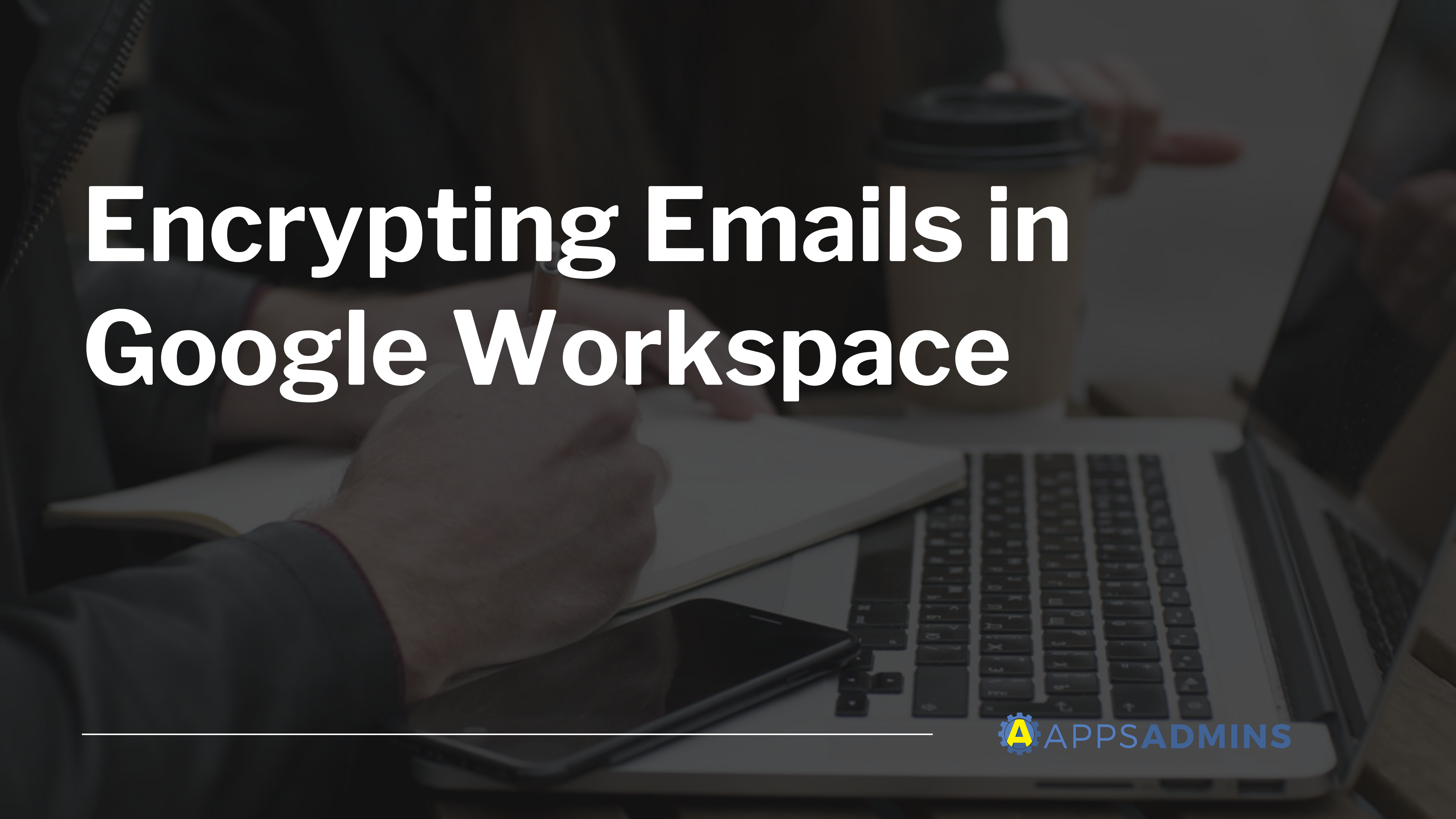G Suite Business Free for 30 Days
Sign up for a Free 30 Day Trial of G Suite Business and get Free Admin support from Google Certified Deployment Specialists.

 Identity and access management is a business framework that facilitates the use of digital or electronic identities in an enterprise environment. The "IAM" framework includes the organizational policies required to manage things like security and privacy in your business through identity management.
Identity and access management is a business framework that facilitates the use of digital or electronic identities in an enterprise environment. The "IAM" framework includes the organizational policies required to manage things like security and privacy in your business through identity management.
With an IAM solution, IT managers can control the way that their employees access essential information within their organization. Most Identity and Access Management products come with granular-level control features which allow system administrators to decide precisely which members of staff should be able to use specific applications and tools.
In the context of IAM, "access" refers to the ability an individual has to perform certain tasks in the digital world, such as changing or creating a file. Most of the time, roles are defined by things like authority, job competency, and level of responsibility in the enterprise.
The Benefits of Identity and Access Management
So, what makes Identity and Access Management such a great addition to your business strategy? First and foremost, IAM technologies are available to help you capture, record and manage users in your system in a more efficient and automated manner. This reduces the risk of the wrong people getting access to certain sensitive files in your enterprise.
Because businesses with strong identity management solutions have more control over user access, they can reduce the risk of external and internal data breaches. What's more, automating IAM systems also means that businesses can operate more efficiently, by reducing the amount of money, time and effort otherwise required to manually manage their networks.
With a common, cloud-based platform for identity and access management, like the tools offered by Google, it's possible to roll out the same security policies across a variety of different operating platforms and devices in your organization. From a security perspective, the presence of an IAM framework makes it easier to enforce policies around user authentication, privileges, and validation.
Identity and Access Management and the Google Cloud
As privacy and data continue to rise to the top of the priority list for the modern enterprise, Google is one of the vendors that has been working harder than ever to provide secure and simple solutions for developers and administrators to access. In March 2018, Google launched their new Cloud Identity solution to help users manage devices, apps, and users from a streamlined central console. During July 2018, Google went on to announce "context-aware" access tools, which was an innovative, smart approach to access management that implements various elements of Google's vision with BeyondCorp for apps and services.
Although up until this point, app developers have had the option to design and build their own systems for identity and access management functionality, there are challenges to the DIY approach. Getting the most out of identity and access management requires a significant about of expertise, effort, and careful investment. Building and maintaining an identity system that evolves at the same pace of an ever-changing selection of authentication requirements isn't easy. That's why Google has begun to build on their portfolio to deliver ever-more advanced and scalable IAM solutions to the modern enterprise.
The Benefits of Google CICP
In 2018, Google introduced their latest system for identity and access management, known as CICP, or Cloud Identity for Customers and Partners. This customer identity and access management platform helps developers to add identity and access management functionality to their existing apps, so that they can scale and protect their accounts according to their needs.
By implementing the CICP solution, developers can spend less time worrying about granular-level access problems and focus more of their energy on creating innovative applications. CICP offers a range of identity and access management features, including:
-
Wide-scale infrastructure: The CICP system is built on Google's extensive network, which means that users have access to the significant security, performance, and scale of Google's cloud. When CICP is available on a general level, it will also come with enterprise-grade SLA availability and technical support for complete peace of mind in any organization.
-
Advanced user security: Google has used their state-of-the-art security systems, along with intelligence and threat signals to detect potentially compromised user accounts. Google is even working to enable multi-factor authentication within their Identity and Access management tools, to offer greater protection against phishing attacks.
-
Google-level authentication: Google's CICP is based on the highly popular Google Identity platform, and Firebase, which means that it can provide a complete and highly customizable authentication service, ideal for controlling the UI flows in a standard business environment. Multiple authentication methods are supported, along with client and server SDKs.
Providing Greater Access to IAM Solutions
For years, companies and business leaders have been caught between the struggle of trying to keep the flow of business data running smoothly in an enterprise and managing access for privacy purposes. In recent years, as the technology space has continued to evolve with new trends and concepts, security strategies have grown increasingly important. New trends like BYOD and mobile applications are sure to leave countless companies searching for the right IAM solution in the years to come.
Google has ensured that every company, no matter its size will be able to get the access and identity management support they need, with a range of features designed for businesses from any background. For instance, Google even introduced the Secure LDAP feature in Cloud Identity recently, which allows organizations to manage their team's access to both apps in the cloud, and applications hosted on-premise.
The Secure LDAP solution means that administrators can manage all of their tool and access requirements data in the same secure place, reducing the amount of work that IT admins need to do each day. With Secure LDAP, and the Cloud Identity solution from Google, companies can finally unify the management of on-prem and cloud identities, along with traditional and SaaS applications.
Want to learn more about IAM solutions and the Google Cloud? Reach out to Coolhead Tech today for guidance into your next-generation technology strategy.
.jpg?width=818&name=appsadmins-svg-rules-1%20(2).jpg)







